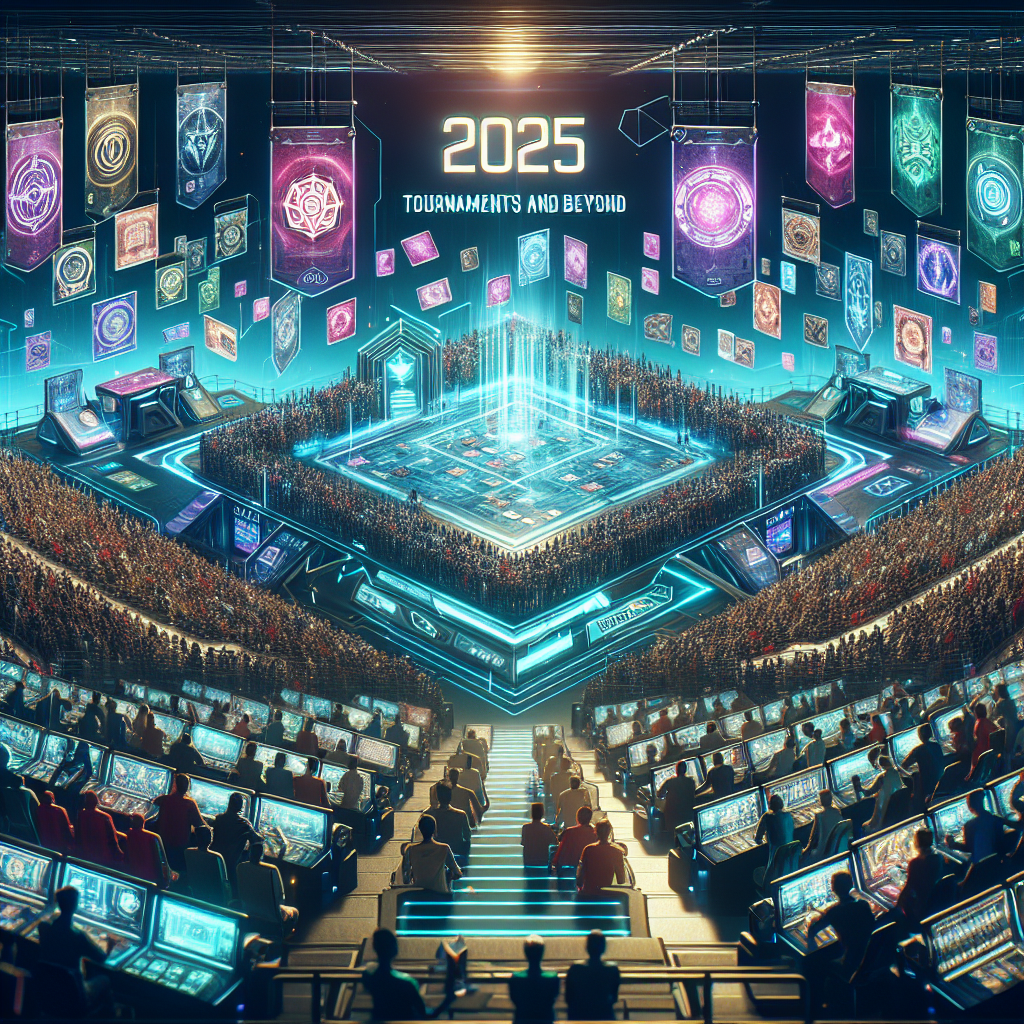Tournaments and Beyond: The Competitive Landscape of CCGs in 2025
Introduction
The collectible card game (CCG) genre has witnessed an extraordinary transformation over the past two decades, evolving from niche tabletop hobbies like "Magic: The Gathering" and "Yu-Gi-Oh!" into a vibrant digital ecosystem that captivates millions worldwide. As we step into 2025, the competitive landscape of CCGs has become more diverse, engaging, and technology-driven than ever before. This article explores the current state of tournaments, community engagement, and what lies ahead in this rapidly evolving genre.
The Rise of Digital CCGs
With digital platforms such as "Hearthstone," "Legends of Runeterra," and "Magic: The Gathering Arena," the accessibility of CCGs has soared. In 2025, the seamless integration of online play with mobile devices means that players can participate in high-level competitions from virtually anywhere. Digital CCGs have also democratized access to competitive play; players can enter tournaments with smaller entry fees and potentially earn significant prizes.
Tournament Structures: A New Era
The tournament landscape has seen significant innovations. Established publishers have begun to recognize and adapt to players’ desires for flexible structures, accommodating both casual fans and highly competitive players. Major events now have a tiered system that allows participants of different skill levels to engage in varying formats, such as:
-
Open Qualifiers: These serve as the entry point for amateur players, often culminating in large-scale championships where aspiring competitors can showcase their skill.
-
Online Leagues: Players can compete in structured seasons, with weekly matches leading up to playoffs, mirroring traditional sports league formats. This structure maintains player engagement between major tournaments.
- Cross-Game Competitions: Some tournaments have embraced the idea of multi-game events that include diverse CCGs, allowing players to showcase their strategy and deck-building skills across different titles.
Moreover, sponsored tournaments and esports leagues have drawn significant corporate interest, leading to increased prize pools and professional infrastructure—revamping the CCG tournament experience akin to that of eSports like League of Legends or Dota 2.
Enhancing Player Experience Through Technology
Technological advancements are enhancing the player experience significantly. Artificial intelligence (AI) and machine learning are being utilized to improve matchmaking, create more balanced gameplay, and analyze player data for strategic insights. These tools help enhance competitive fairness, encouraging a healthier ecosystem for both players and developers.
Additionally, augmented reality (AR) and virtual reality (VR) have begun making waves in the CCG scene. Gamers can experience immersive tournaments, utilizing VR headsets to feel as if they are present in the game’s universe, creating an atmosphere that amplifies the overall engagement in competitions.
Community Engagement and Content Creation
The rise of content creators has played a pivotal role in promoting CCGs and their competitive landscapes. In 2025, platforms like Twitch and YouTube are filled with countless channels focused on gameplay tutorials, deck-building strategies, and live tournament coverage. These creators foster community dialogue and support grassroots engagement, further contributing to the genre’s growth and popularity.
Local game stores (LGSs) remain foundational to the CCG ecosystem, offering community tournaments and meet-ups that help players bond over their shared interests. Many LGSs host “Game Nights” or “League Days” where local players can build camaraderie and develop their skills in a supportive environment.
Challenges and Future Considerations
Despite the burgeoning popularity and financial backing, the CCG industry faces challenges as well. The oversaturation of titles can dilute mainstream interest, leading to a fragmented player base. Publishers must continue to innovate, ensuring that their games remain engaging and relevant over time.
Another concern is addressing player burnout. The competitive scene can be intense, and constant demands may lead to frustration and disengagement among players. Future initiatives may include implementing systems that ensure player welfare, promote mental health awareness, and create opportunities for breaks between competitive seasons.
Conclusion
As we embark on 2025, the world of collectible card games stands at an exciting crossroads. Tournaments are more accessible than ever, community engagement is flourishing, and technology is driving innovation like never before. By nurturing these elements and addressing the associated challenges, the competitive landscape of CCGs is poised for significant growth in the years to come. The heart of the genre—the blend of strategy, creativity, and camaraderie—remains strong, ensuring that CCGs will continue to be not just a competitive pursuit but a beloved form of entertainment for millions around the globe.




